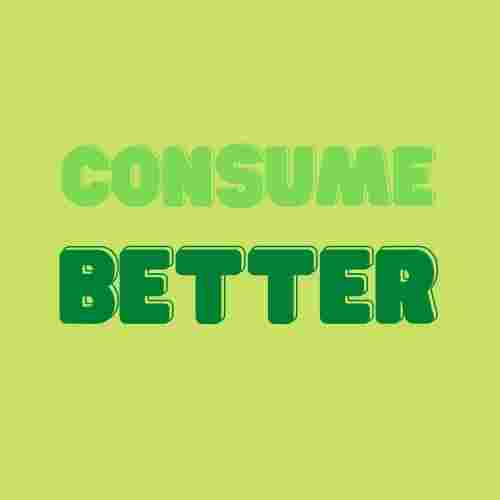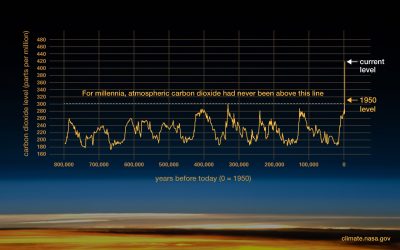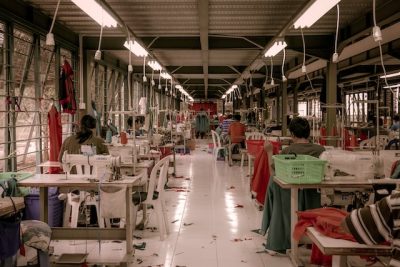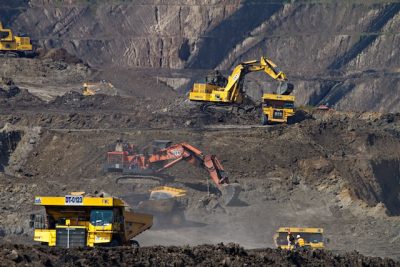
The Climate Crisis: What Can You Do & Who’s to Blame?
My generation and I have grown up with the threat of climate change. In just my lifetime, I have experienced two major floods, urban cyclones, and yearly heat waves, and this is only expected to worsen.
I have witnessed key youth spokespeople, such as Greta Thunberg, pressure global leaders, who promised to act yet fail to follow through. Experts repeatedly warn of the dangers of inaction, which does not seem important enough for money-driven governments and corporations.

Atmospheric CO2 emissions over time. (NASA)
So, what is the extent of this now climate crisis?
According to NASA, and in no groundbreaking news, our Earth is facing:
- Increasing CO2 levels in the atmosphere
- Increasing ocean temperatures
- Melting ice caps
- Retreating glaciers
- Decreasing snow cover
- Rising sea levels
- More frequent extreme natural disasters
As a result, the narrative we have been fed is that change is up to us. As individuals, we need to make sustainable choices to counter or slow down this climate crisis. Sustainability, however, encompasses a broad range of life, including food, clothing, utensils, transport, etc. For me, as a low-income, full-time student I have been looking into ways in which I can be more sustainable in my consumption habits.
Fashion
Fashion consumption habits are one way to be more mindful of sustainability. The fast fashion industry involves a range of ethical and sustainable issues intertwined in its different components – labour conditions, transportation between factory and outlet, and item aftercare and disposal, and so it is one that I try to avoid. It is defined as budget clothing items that are inspired by recent luxury fashion trends, and so, is a fast response production system that encourages single-use and disposability. However, disengaging from the industry is not as straightforward as one might think.

Photograph by Fernand De Canne (2019)
Traditionally, luxury fashion trend cycles would last approximately 6 months with 2 major drops from labels each year, such as Spring/Summer and Fall/Winter collections. Today, however, this cycle has been compressed to merely a few weeks, with fast fashion giants such as H&M and Zara profiting significantly off these fast cycles. They source new styles on a weekly basis to be constantly introducing new items and replenishing stock, rather than restocking current styles.
These companies rely on overseas ‘sweatshops’, where there are limited workers’ rights and poor working conditions. Though, lower manufacturing and labour costs, mean lower costs overall, allowing these companies to offer their garments at temptingly low prices, as well as allowing a higher volume of stock to be produced at one time. As a result, there can be an oversaturation of a product before it becomes ‘outdated’, leaving the garment to be disposed of by the large number of individuals who purchased it. Buyers can no longer wait to purchase new items, as, after only 2-3 weeks in fashion, a garment has already become untrendy, encouraging consumers to pay full price for these items. In addition, stylestoday, according to academic, Joseph Guiltinan, have “limited functional life design and options for repair, design aesthetics that eventually lead to reduced satisfaction, design for transient fashion, and design for functional enhancement that requires adding new product features.” Highlighting that in essence, these multi-billion-dollar companies are purposefully creating these garments with the intent of them to be worn for only a few weeks, in abuse of abuse this impulsive behaviour and societal pressures to keep up with trends.
How do you beat fast fashion?

Photograph by Rio Lecatompessy (2020)
Key ways to improve your sustainability habits in fashion are to shop at sustainable retailers and reduce your overall consumption of clothing items. Slow fashion, or sustainable fashion, produces garments using either sustainably sourced or recycled materials that are handmade and dropped in stages closer to traditional fashion cycles. Due to the nature of the production of these garments, they tend to be of higher quality, of a timeless design, and have longer durability. While they are often more expensive, the cost-per-wear certainly balances out over time. If slow fashion is not an economical option, thrifting or second-hand shopping (via Depop e.g.) is another alternative. By purchasing already existing garments, you are contributing to reducing the amount of unworn and unloved garments as well as the production of new and poor-quality items created through fast fashion. Reducing the number of clothes you purchase is another great way to avoid the fast fashion industry. By acknowledging the short trend cycles, and not giving in to each new trend, you will likely not only purchase less but discard fewer items as well. Overall, developing an understanding of the fashion process itself and its many problems, as well as making an active effort to avoid overconsumption and fast fashion, can slowly assist in changing our behaviours when it comes to fashion consumption.
Diet

Photograph by Etienne Girardet (2020)
Diet is another aspect of my life that I seek to make more sustainable. I have made the decision to eat vegetarian in response to the environmental impact of the meat industry. Currently, 83% of farmland is used to raise livestock, with 70% of the grain grown given to livestock as feed. The increased land size required also contributes to further deforestation which creates a plethora of other problems in itself. Global animal production requires about 2422 Gm 3 of water per year and requires $1.6 billion worth of energy per year, in Australia alone, for raising and maintaining livestock.
How do you beat the meat industry?
In order to contribute to better farming outcomes, there are several options for the consumer. You may adopt a vegan, vegetarian, or ‘flexitarian’ diet where meat and/or animal by-products are either slightly reduced or removed completely from your diet. Cutting out just one kilogram of beef can save 15,000 litres of water. Less meat consumed and produced means less deforestation and the replacement of livestock farmland with plants, which can assist in nourishing soil and reducing air pollution. Shopping locally and from markets is also another alternative to contribute to reducing emissions and pollution from international shipping for example. While it may not be feasible for you to completely remove meat from your diet, it is important to understand the impacts of the meat industry and how your choices can contribute to a facet of environmental issues.
Sustainability & Privilege
The decision to live sustainably is often a privilege afforded to the wealthy. American philosopher Noam Chomsky said, “The more privilege you have, the more opportunity you have. The more opportunity you have, the more responsibility you have.” So, it is naïve to ignore the social factors that enable one to live a truly sustainable lifestyle.
Making sustainable practices trendy or mainstream can negatively impact vulnerable individuals and remove their capacity to participate in sustainable practices. For fashion, op-shopping and Depop are suffering gentrification. The privileged are transferring their overconsumption habits to second-hand shopping, sometimes even re-selling garments for upwards of 400%. This, therefore, results in increased prices of affordable items, which in addition to the high cost of slow fashion, reduces the opportunity for low-income individuals to shop sustainably and avoid fast fashion. For diet, there can often be a ‘sustainability tax’ for meat-free products in supermarkets and in particular organic markets, making these items unaffordable for many.
Solution?

Photograph by Dominik Vanyi (2018)
As Greenpeace suggests, “Climate change is not happening to us. It’s being done to us.” The climate crisis is fuelled by the mining industry and its burning of coal, oil, and gas. These wealthy organisations, such as BHP, Rio Tinto, and Glencore actively fund political parties, enabling them to block legislation and continue operations without consequence. Therefore, it is important to focus on systemic change with the support of peers and governments and to relieve the pressure on individuals to be completely sustainable in their consumption habits. We need to shift the narrative that climate change is the result of our individual actions when it is the fault of big corporations.
